Optimal Timing for Septic Installations
Septic installations are typically best scheduled during periods of stable weather and moderate soil conditions. Proper timing ensures optimal ground conditions for excavation and system placement, reducing the risk of delays or complications.
Late spring and early fall are ideal times, as soil moisture levels are balanced, facilitating easier excavation and installation processes.
Avoid installations during heavy rainfall or freezing temperatures to prevent soil instability and equipment issues.
Dry, firm soil enhances installation efficiency, while saturated or frozen ground can lead to delays and increased costs.
Seasonal variations affect soil compaction and drainage, influencing the success and longevity of the septic system.

Preparation and excavation in progress at a residential site.
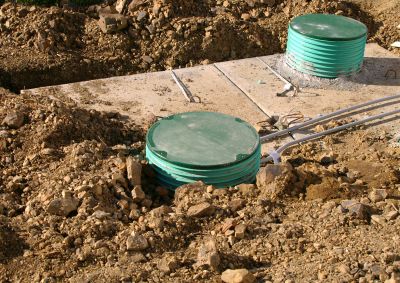
Positioning of the septic tank in suitable soil conditions.
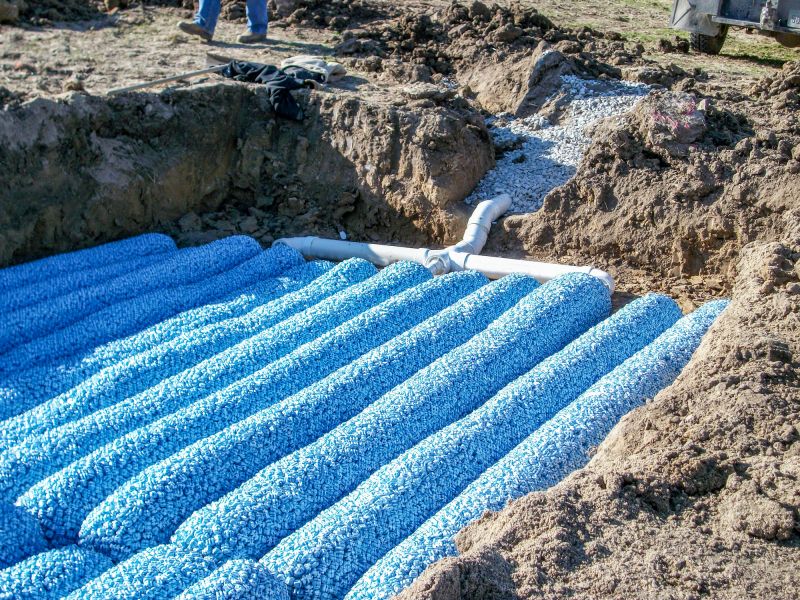
Installation of drain field components in optimal soil conditions.
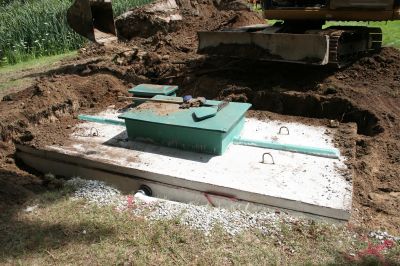
Ways to make Septic Installations work in tight or awkward layouts.
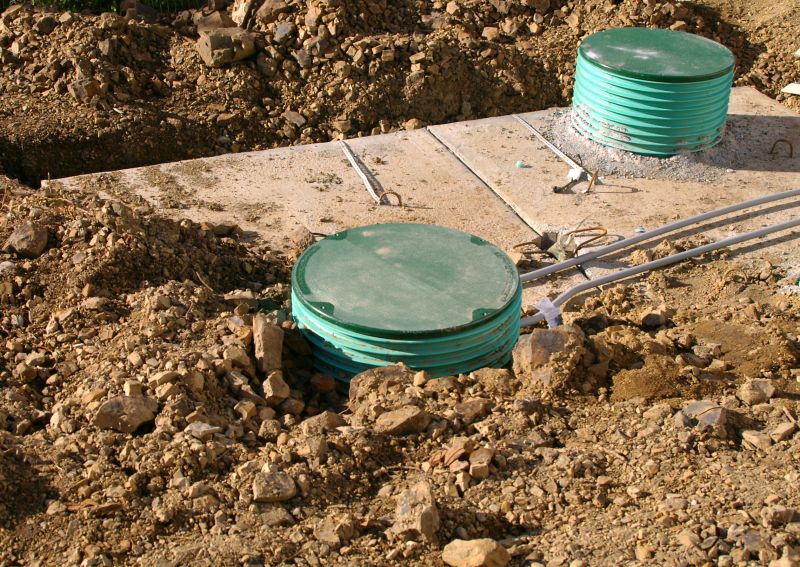
Popular materials for Septic Installations and why they hold up over time.
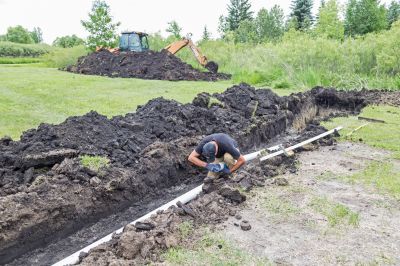
Simple add-ons that improve Septic Installations without blowing the budget.
| Season | Ideal Conditions |
|---|---|
| Spring | Moderate soil moisture, manageable weather |
| Summer | Dry conditions, stable ground |
| Fall | Cool temperatures, balanced moisture |
| Winter | Frozen ground, not recommended |
Septic installations involve the placement of underground systems designed to treat and dispose of wastewater from buildings. Proper installation requires careful planning to ensure system longevity and compliance with local regulations. Soil type, weather conditions, and groundwater levels are critical factors influencing the timing of installation. Delays caused by adverse weather can lead to increased costs and potential system issues. Properly timed installations contribute to the efficient operation of septic systems, minimizing maintenance needs and extending service life.

Excavation process during optimal weather conditions.
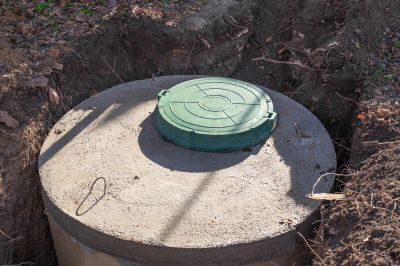
Placement of septic tank in prepared soil.
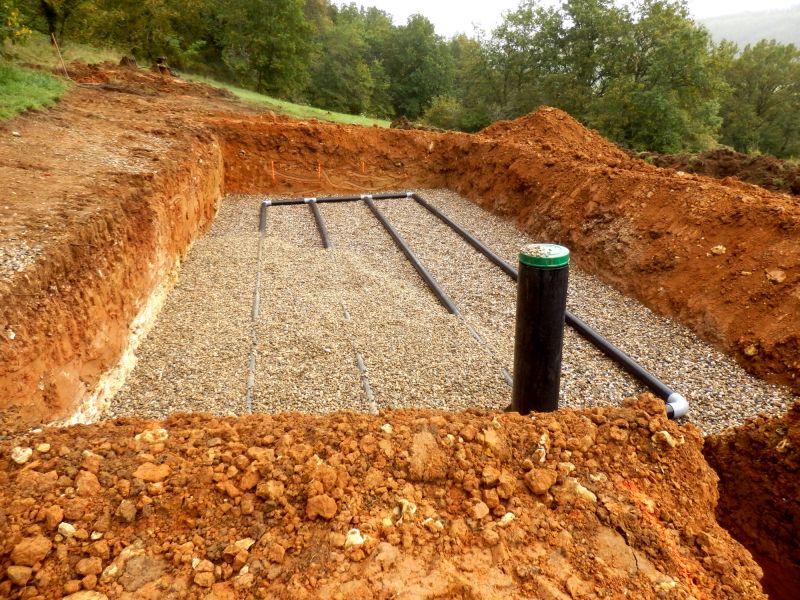
Laying out drain field components.

Inspection before covering and finalizing installation.
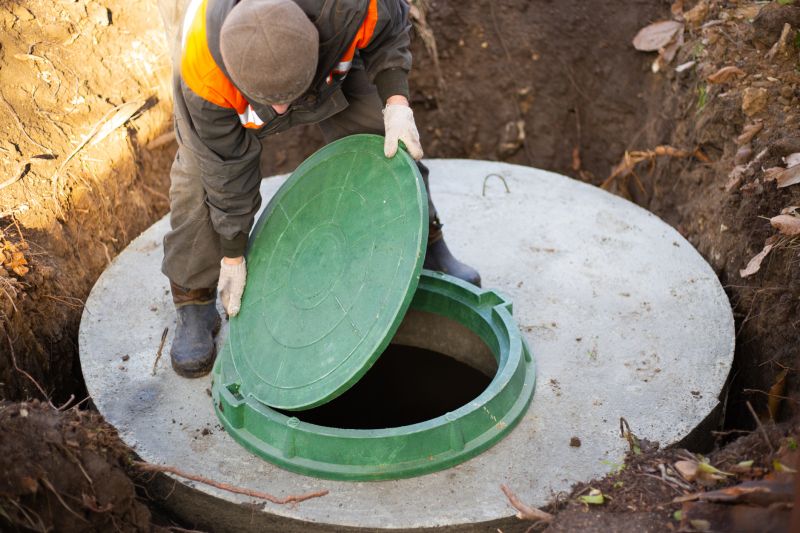
High-end options that actually feel worth it for Septic Installations.
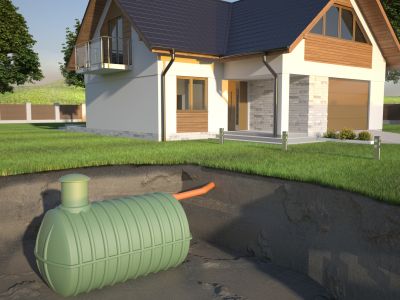
Finishes and colors that play nicely with Septic Installations.
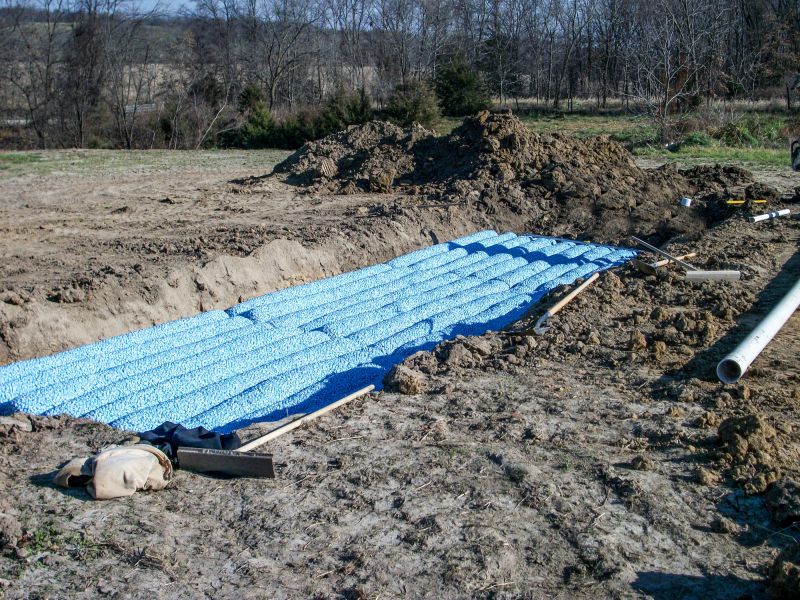
Little measurements that prevent headaches on Septic Installations day.
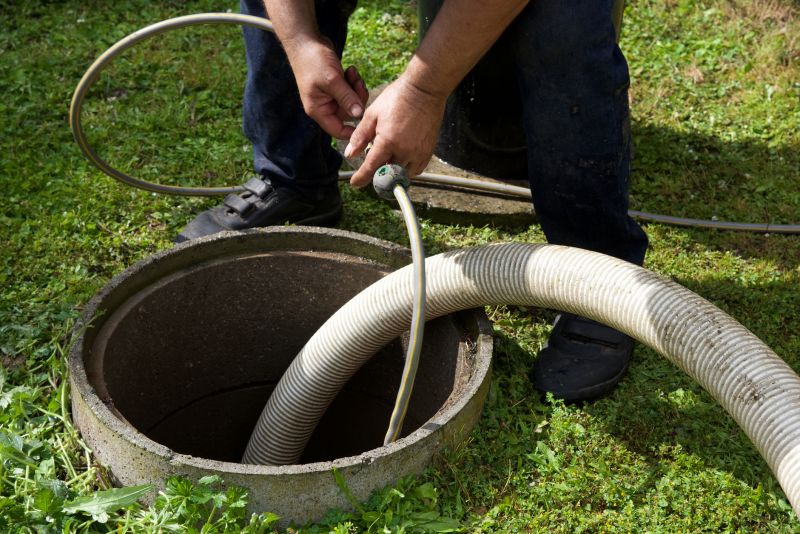
A 60-second routine that keeps Septic Installations looking new.

A frequent mistake in Septic Installations and how to dodge it.
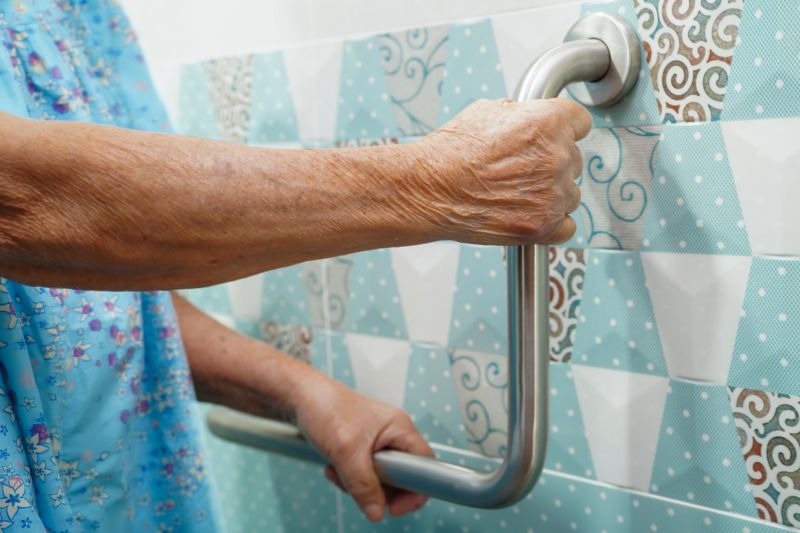
Small tweaks to make Septic Installations safer and easier to use.

Lower-waste or water-saving choices for Septic Installations.
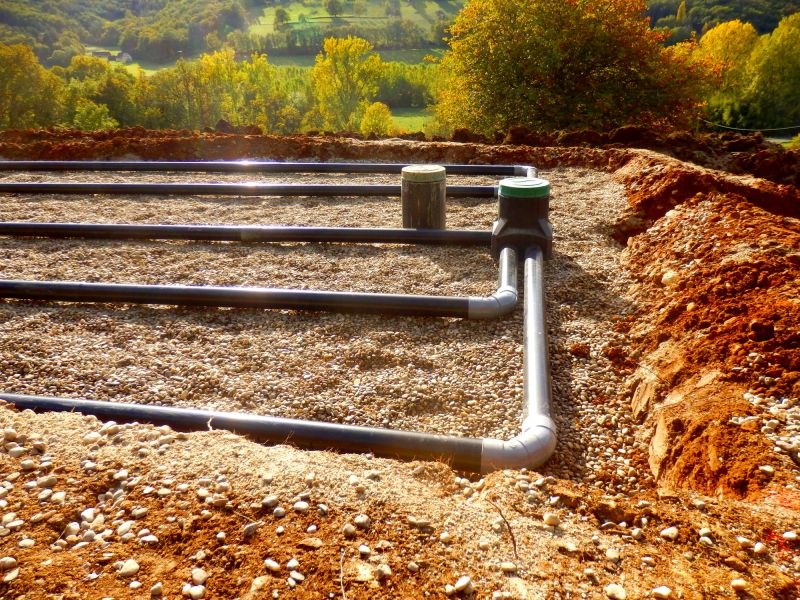
The short, realistic tool list for quality Septic Installations.
Interested in septic installations? Filling out the contact form can provide additional information and scheduling options for suitable timing based on local conditions and project requirements.



